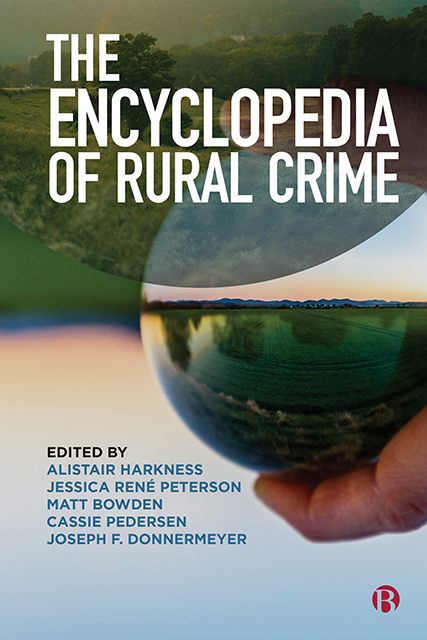Book contents
33 - Blood Sports
Published online by Cambridge University Press: 20 June 2023
Summary
Traditional ‘field sports’ such as hunting, shooting and fishing are predominantly lawful, albeit subject to regulation in the form of hunting licences and associated permits which authorize the killing and taking of wildlife subject to conditions. By contrast, the term ‘blood sports’ is associated with activities such as the hunting of wild mammals with dogs or underground ‘sports’ such as dog fighting and cockfighting.
Accordingly, blood sports can be defined as those activities involving combat either of humans versus animals or animals versus animals in which an element of pain and suffering is integral to the activity. This includes activities such as animal fighting (dog fighting and cockfighting), the baiting of animals or human inflicted harm for ‘sport’ (such as badger baiting or bullfighting) or the hunting of animals for entertainment that is invariably linked to the killing or harm of the animal (such as fox hunting and hare coursing).
Blood sports in context
A core factor in blood sports is an element of animal harm, where participants and supporters will distinguish between the suffering of animals for no purpose and the bravery and competitive values of animals who are participants in sports that are considered to have value to both humans and animals. As Lawson (2017) explains in respect of dog fighting, dogs will fight ferociously until one gives up, is seriously injured and cannot continue or dies. If a losing dog is not kept for breeding purposes because of its bloodline or because it frequently won in previous fights, it can be beaten or put to death by drowning, strangulation or with a gun. Often the beating or execution is a form of entertainment for the audience.
Thus, in the illegal blood sports world it is precisely the ability of certain animals to withstand suffering and to continue fighting (for example bulls, fighting dogs, game cocks and badgers) that identifies them as ‘game’ animals and worthy participants in the ‘sport’. Blood sports may also be linked to associated illegal activity such as gambling (in the case of dog fighting, cock fighting and hare coursing) as well as elements of organized crime.
- Type
- Chapter
- Information
- The Encyclopedia of Rural Crime , pp. 133 - 136Publisher: Bristol University PressPrint publication year: 2022



